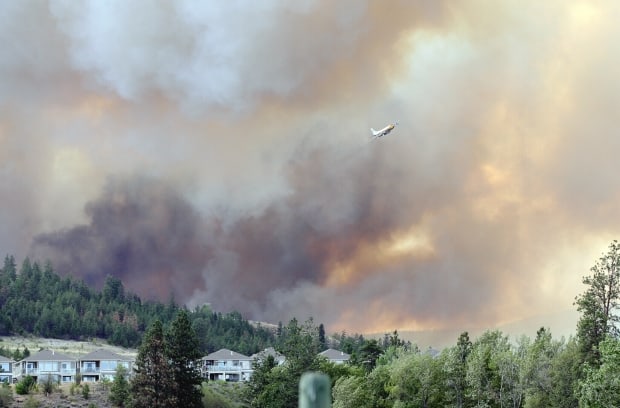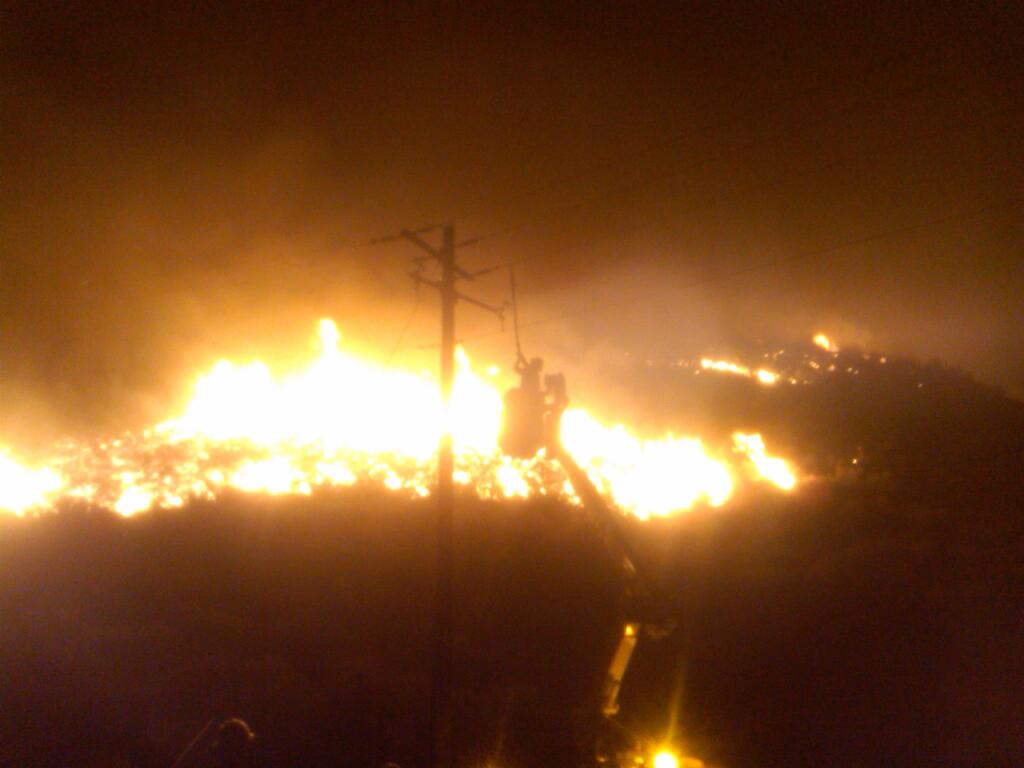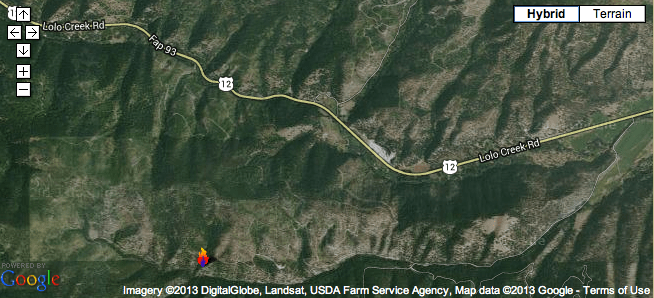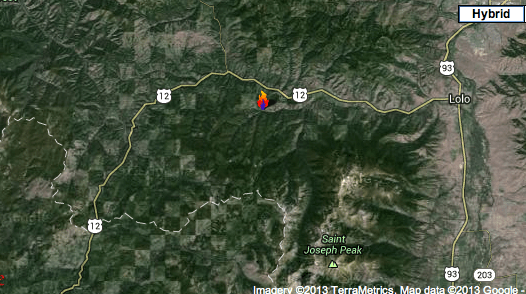I realized that many readers might be interested in this research synthesis and not be following comments (I found this in response to a comment by John Persell) so here it is.
I think folks are pretty aware of current climate thinking and its impacts on fire. There is even a handy synthesis for managers here on the Wildland Fire and Climate Change part of the Climate Change Resource Center. Like many things about climate change, what you should do is generally sort of common-sensical to practitioners (although we might disagree about details and priorities)
When I worked in Climate Change in the Forest Service, I used to say if it’s not in CCRC, you probably don’t need to know.
Options for Management
In some western dry forests, particularly those affected by 20th-century fire exclusion, thinning and surface fuel treatment (including prescribed burning) can reduce fire severity and fire hazard [36], although maintenance treatments may be required every 20 to 40 years. Strategic placement of treatments can greatly increase the effective area treated [37]. In unmanaged forests, especially in areas in which fire suppression is difficult, expensive, or counterproductive to resource objectives, managers can take advantage of the self-limiting nature of wildfire. Fire spread rates and severity are reduced when a fire reaches a recently burned area [38].
Fuel treatments will be challenging to implement at spatial scales large enough to have much impact, especially if wildfire increases greatly in the future, but can enhance resilience on specific landscapes with high resource, economic, or political values (e.g., the wildland-urban interface). In the Southeast, undergrowth may grow even faster in warmer temperatures. Management practices may need to respond to an increase in available fuels, while anticipating a shortening of the prescribed burning “season”, particularly in Florida [39].
Some general guidelines for adaptation [40,41,42]
Increase landscape diversity — increase large-scale resilience, size of management units, and connectivity.
Maintain biological diversity — experiment with species and genotype mixes, and identify species, populations, and communities that are sensitive to increased fire and develop conservation plans for them.
Plan for post-disturbance management — treat fire and other ecological disturbances as normal processes and incorporate fire management into planning.
Maintain and improve the resilience of watersheds and aquatic ecosystems by implementing practices that protect, maintain, and restore watershed processes and services.
Implement early detection and rapid response — monitor post-fire conditions, and eliminate or control exotic species early on.
Manage for realistic outcomes — identify key thresholds and prioritize projects with a high probability of success; abandon hopeless causes; consider even alternatives that might be undesirable in an unchanging climate.
Incorporate climate change into restoration — avoid trying to replicate historical conditions, but continue to learn lessons from historical variation.
Develop regulations and policies that take climate change into account — raise awareness with stakeholders, and work with local stakeholders from the onset of projects.
Anticipate big surprises — expect mega droughts, larger fires, species extirpations, loss of resilience and system collapses, and incorporate these events in planning.





